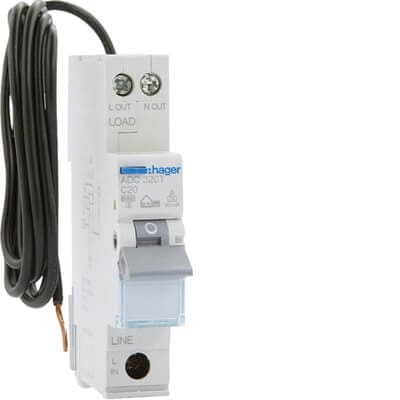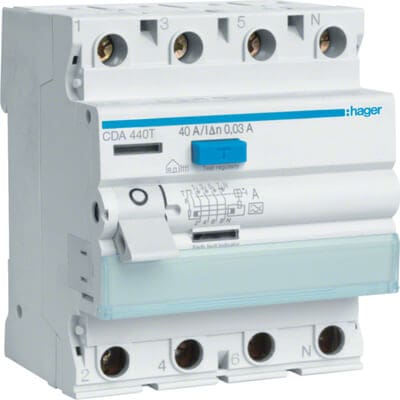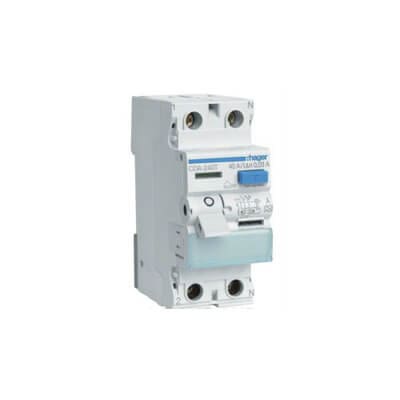Safety Switches Around Brisbane



What is a Safety Switch:
But I have circuit breakers!:
Circuit breakers are only designed to protect the cable from overload or short circuit. They generally range from 10 amps to 100’s of amps and will provide no protection to a person if they come into contact with a live cable/part of an electrical installation. Overload protection is important as it stops the cable from burning out or getting damaged if too much current flows. Short circuit protection is also important as it shuts the circuit down immediately when cables are shorted together.
Identifying a Safety Switch:
Testing Your Safety Switch:
local Brisbane Electrician
Each manufacturer has different requirements but we generally recommend that you test your safety switch every 3 months, a great reminder is to test them when you get your electricity bill or like our facebook page we usually post a reminder on our feed. To test your safety switch just push the test button, the safety switch will trip off you can now reset it by turning the switch back to the on position. If the safety switch does not trip when you push the test button call your local Brisbane Electrician and have it checked professionally. At Just-In Time Electrical you can rest assured every time we do electrical work at your house we will check the safety switches using a calibrated test instrument to check the tripping current and time.
Types of Safety Switches:
- Four/two pole safety switch (shown in the above pictures in the middle and right) they are used to protect single or multiple circuits.
- Single pole safety switch circuit breaker or RCBO (shown in the above picture on the left) this device operates as both a safety switch and circuit breaker.
Why does Just-In Time Electrical recommend safety switch circuit breakers / RCBO’s? We have been in the electrical industry for years and have seen many switchboards and been out to many fault jobs. We can say hand on heart that safety switch circuit breakers offer a better level of discrimination under a fault situation as only the circuit it is protecting is affected. This reduces the affect and also aids in location of the fault by the homeowner/electrician. Although by the rule book you can use a standard safety switch to protect multiple circuits it means under fault conditions you will loose power to all three circuits protected. Safety switch circuit breaker protection gives you the best of both worlds protecting cable and appliances from the damage during a short or overload fault but also protect persons from electric shock if they come into contact with live parts.
Get the protection your local Brisbane Electrician has – Safety switch circuit breakers!
What Should Be Protected?
The rules on safety switches have recently changed, the current wiring rules AS3000:2018 requires safety switches on all circuits. Just-In Time Electrical and Master Electricians Australia have been campaigning for a long time to see this change come in to place. Safety switches are you last line of defence against electrocution.
There has always been some concern on some appliances (eg. fridge or stoves) causing nuisance tripping, now this may have been true 20 years ago but with today’s technology and standards this is no longer an issue and having the safety switch trip on one of these circuits could just of saved your life.
Safety Switch Case Study:
We were called out to an emergency job where the occupant had received an electric shock while using their cook top. We investigated the fault and found the the nuts that held 2 of the elements in place (and also provide the earth for the element) were missing. The element had a short from the live electrical component to the metal frame of the element. This created potential difference in potential between the element and the metal frame of the cook top resulting in the electric shock. There was no safety switch on the circuit and the occupant was lucky to survive the incident.
If there was a safety switch on the circuit when the occupant touched the cook top the safety switch would have sensed the leakage of current and tripped off at no more that 30mA within 300mSec ensuring that no injury would be sustained.

